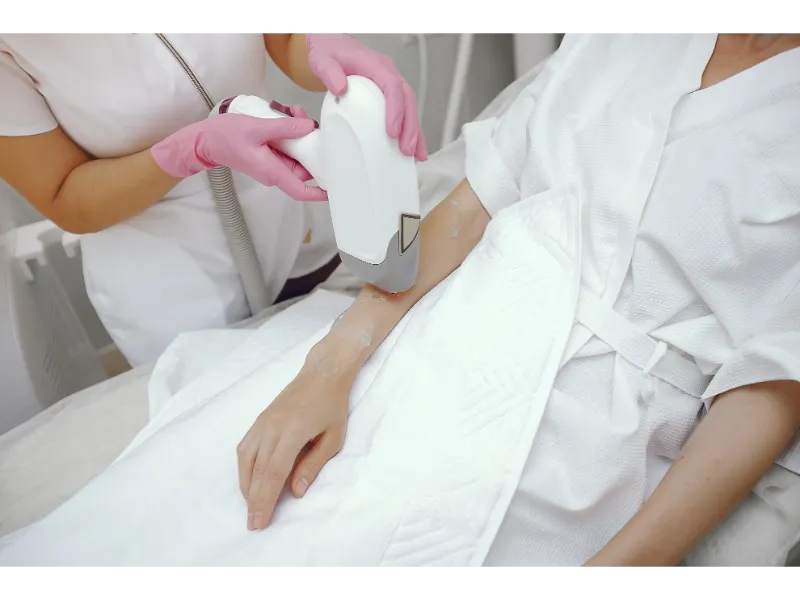Gastric sleeve surgery: Should You Do It and Do You Qualify
- This kind of surgery is best for any person who is unable to have regular follow up visits that the gastric banding procedures need such as the Realize Band surgery and the Lap Band surgery.
- A person scared of the long-term effects of intestinal bypass such as: anemia, intestinal obstruction and protein deficiency.
- People who don’t want foreign objects in their stomach like you see with the Lap Band surgery.
- People who are unable to do conventional weight loss surgery because of a serious medical condition like anemia and Chrohn’s disease, or a person who has had a number of surgeries.
- People who are using anti-inflammatory medicines and most avoid the gastric bypass surgery.
Thus, any person with the above issues can undergo the gastric sleeve procedure.
This procedure is also good for people who have had an problem with the lap band or have lost a lot of weight previously and don’t need the full bypass surgery done. With the help of the gastric sleeve, weight loss is usually quicker and results are typically in a short amount of time.










